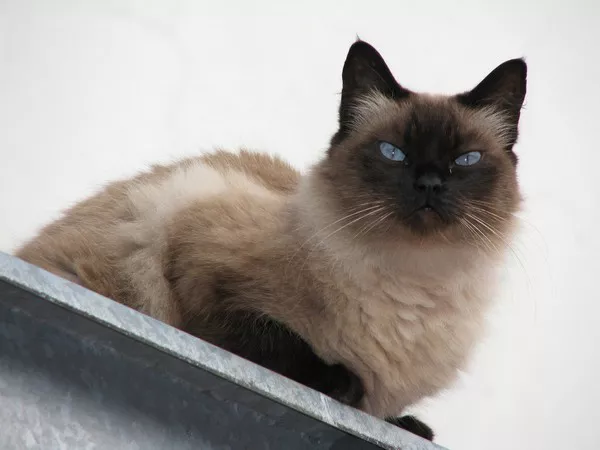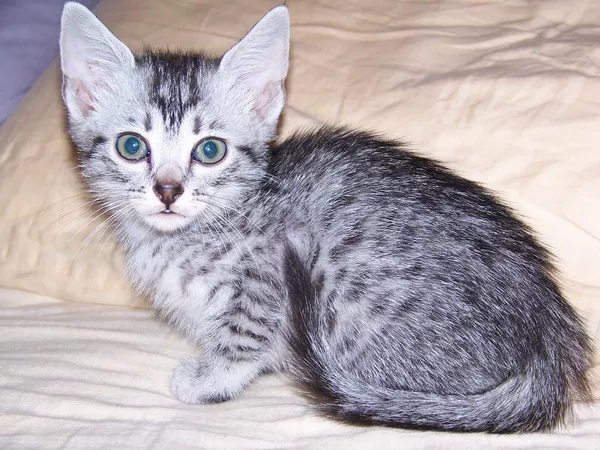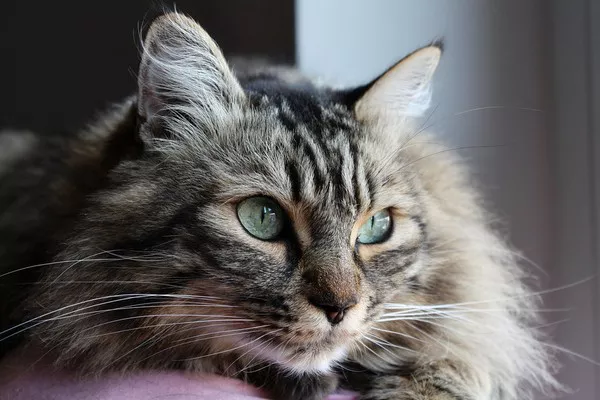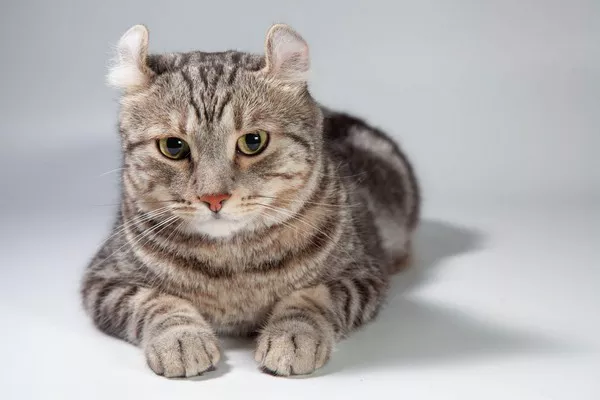With their stunning blue eyes and long, fluffy coats, Himalayan cats require diligent grooming to stay beautiful and healthy. Here’s a guide to grooming tools, techniques, and schedules for this high-maintenance breed.
Coat Features of Himalayan Cat
The Himalayan has a distinctive “point” coat pattern. The face, ears, legs and tail are darker in color while the body remains lighter. This appearance comes from the gene for colorpoint markings like those seen in Siamese cats.
Their plush coat consists of a fine, soft undercoat covered by long guard hairs. Without regular grooming, the long topcoat will mat and tangle. Shedding is moderate and continuous. Daily grooming helps remove loose hairs and prevent hairballs.
Essential Grooming Supplies for Himalayan Cat
To keep your Himalayan’s coat in optimal condition, assemble a grooming kit with these supplies:
Slicker Brush: Use this bristle brush to remove dead hairs from the undercoat. Slicker brushes easily glide through the topcoat to reach tangled undercoat hairs while distributing skin oils.
Metal Comb: Metal combs with rotating teeth are ideal for detangling and smoothing the long topcoat. Use gentle strokes starting from the ends of the hair and working up.
De-Matting Tool: For removing stubborn mats, use a de-matting tool or comb with blades designed to cut through tangles without pulling hair. Work carefully to avoid nicks.
Nail Clippers: Dedicated cat nail clippers allow safe, sharp trims of your cat’s nails. Introduce nail trims gradually with treats to make a positive experience.
Toothbrush and Paste: Dental disease is common in Himalayans. Regular tooth brushing prevents painful dental problems. Use soft motions and cat-friendly paste.
Daily Grooming for Himalayan Cat
Daily grooming sessions are essential for keeping your Himalayan mat-free. Set aside 10-15 minutes per day to go through these steps:
Brush the entire coat with a slicker brush first to loosen dead hairs trapped in the undercoat. Work in sections using short, gentle strokes.
Follow up by combing through the coat with a metal comb. Start from the ends of the hair to find any tangles and work up to the skin.
Pay extra attention to areas prone to matting like behind the ears, legs, belly, and tails. Carefully work apart any forming mats.
Check paws and trim nails if needed. Wipe face and eyes gently with a damp cloth to remove stains.
Finish by using a lint brush or damp cloth to remove stray hairs from furnishings.
Weekly grooming for Himalayan Cat
In addition to daily grooming, Himalayans need a thorough weekly grooming session. Set aside 30-60 minutes weekly to cover these additional steps:
Before bathing, brush the coat out fully to remove all shed hairs. Use both slicker brush and comb to ensure the coat is mat-free.
Bathe your cat using an animal-safe shampoo and lukewarm water. Ensure all soap residue is rinsed out. Gently towel dry and let the coat air dry the rest of the way.
Once dry, use the slicker brush followed by comb to smooth the coat. Check for any tangles or mats that formed during washing. Carefully work them out with a de-matting tool. Avoid pulling on the hair.
Trim nails if needed and clean ears with an approved cleaner to remove waxy buildup. Never insert objects into the ear canal.
Finish by using a steel comb to evenly distribute skin oils through the coat for shine and health.
Professional Grooming for Himalayan Cat
For most Himalayan owners, professional grooming 1-2 times per month is recommended. Search for a groomer experienced with longhaired cat breeds. They can perform a deep conditioning treatment and meticulously blow dry the coat to achieve a beautiful finish. The groomer will also alert you to any potential health issues like skin irritation.
Grooming Lengthy Hair for Himalayan Cat
The mane around the neck and chest is particularly long and prone to matting in Himalayans. Take extra time working through this area during grooming. If tangles become too frequent, you can opt to have the body clipped shorter while leaving the points and head hair long. Many owners find this more manageable.
Preventing Matted Fur for Himalayan Cat
To reduce matting and tangles:
Stick to a daily grooming routine and weekly bathing schedule. Missing grooming sessions can quickly lead to coats matting up.
Use grooming tools designed for detangling like combs with rotating teeth or de-matting blades. Avoid brushes that just glide over the surface.
Keep your cat’s fur free of dirt, debris, and oil buildup by regular washing. Matting happens more frequently in unclean coats.
Adjust grooming efforts based on your cat’s activity level. Active cats who enjoy the outdoors need more frequent grooming.
Consider having your Himalayan shaved during warmer months if matting becomes severe. Their long coats can cause overheating.
Show Grooming
For Himalayans being shown competitively, expect to spend hours per week grooming. In addition to keeping the coat in pristine condition, show styles require detailed work like trimming hair between the paw pads and styling head and tail hair. Professionally trained groomers are a must for achieving award-winning looks.
Conclusion
With their stunning good looks, Himalayans bring plenty of grooming needs. But establishing a regular routine and using proper de-tangling tools makes it manageable. Proper grooming ensures your fluffy companion stays comfortable, cool, and looking gorgeous.


























